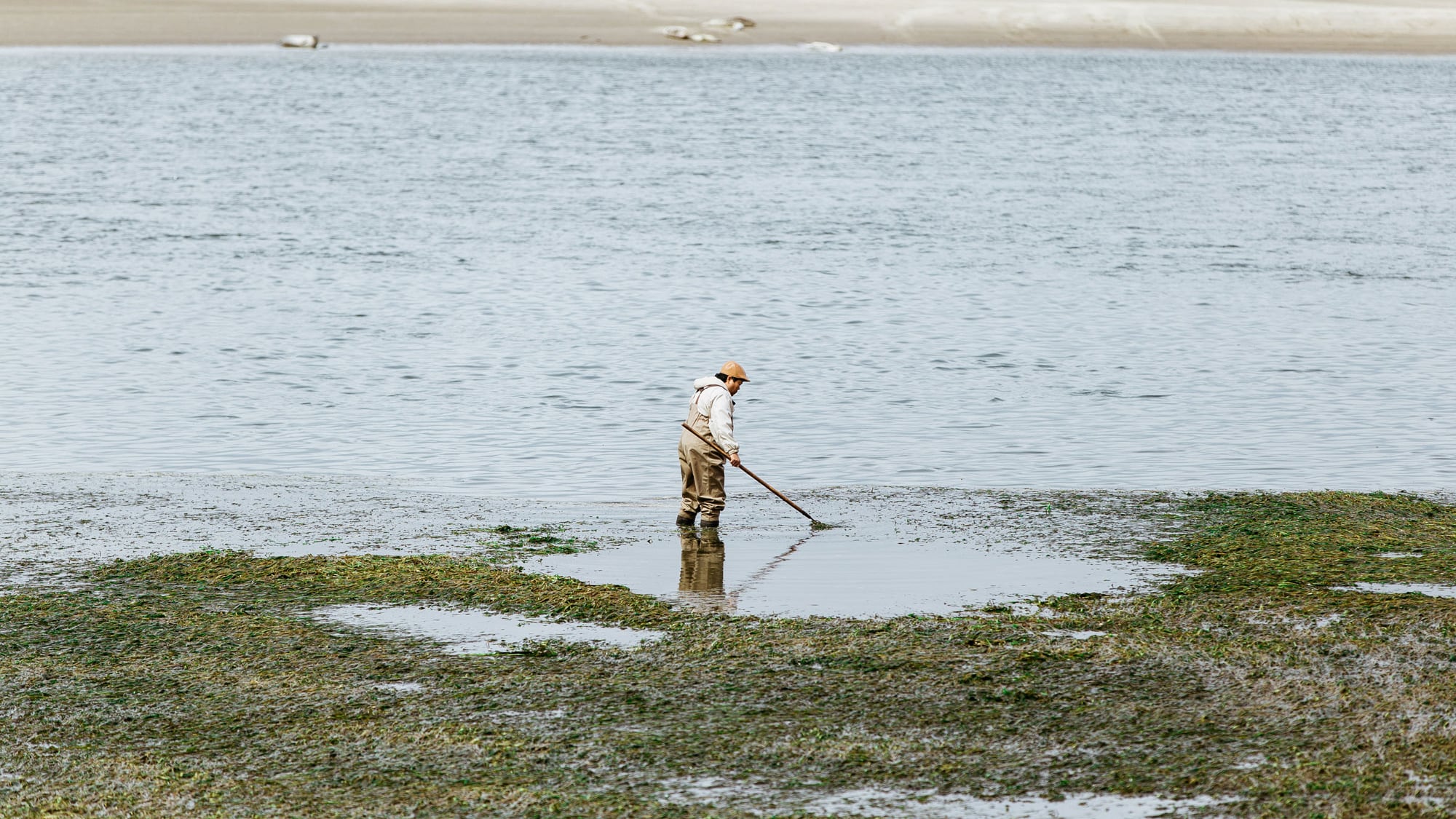A recent New York Times report estimates 2,500 toxic chemical sites are planted in flood-prone areas around the U.S.
Oregon is home to at least 75 of them.
According to the U.S. Environmental Protection Agency's Toxics Release Inventory, the compounds held in these plants "pose a threat to human health and the environment."
There are roughly 14 chemical plants along the Oregon coast that are endangered by rising sea levels and the increasing intensity of coastal storms.
Further inland, chemical plants in areas like Washington County—which alone holds 35 at-risk sites—are at risk of being flooded by future heavy rainfall.
According to data gathered by the Department of Land Conservation and Development, watersheds in the northwestern part of the state are particularly prone to flooding after winter storms move in from the Pacific Ocean.
For instance: One of the largest floods in Washington County occurred in January 1974, when the Tualatin River's flow rate measured at 22,300 cubic feet per second. (Current measurements show the river flowing at just under 2,000 feet per second.)
And the hurricanes in the southern part of the U.S. last year prove that the intensity and frequency of coastal storms and flooding is increasing.
Storm damage in Texas, Florida and Puerto Rico is unprecedented, and leaks from toxic chemical plants will be some of the most lasting and difficult to repair.
A Chevron plant in Baytown, Texas, for example, pumped 34,000 pounds of sodium hydroxide and 300 pounds of benzene into floodwater after Hurricane Harvey. Some of the tainted water was captured, but most was not.
This is likely the new normal. A new era of weather patterns, predicated by years of global warming, has indelibly altered water systems—making toxic chemical plants biohazards in waiting.
Here's a look at where Oregon's most threatened toxic chemical plants are located:

Clatsop County: 3 toxic chemical plants
Columbia County: 6 toxic chemical plants
Washington County: 35 toxic chemical plants
Tillamook County: 4 toxic chemical plants
Yamhill County: 13 toxic chemical plants
Polk County: 2 toxic chemical plants
Lincoln County: 1 toxic chemical plant
Benton County: 4 toxic chemical plants
Coos County: 4 toxic chemical plants
Curry County: 2 toxic chemical plants
Josephine County: 1 toxic chemical plant
